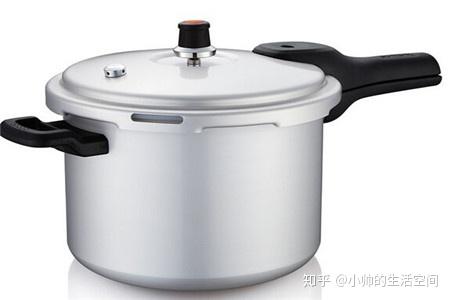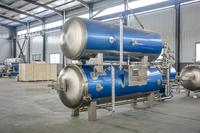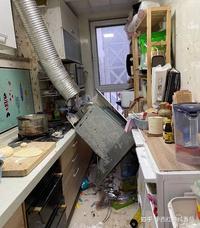Michael SailstorferMichael Sailstorfer’s site-specific interventions emphasize transformation and challenge conventiona
Michael Sailstorfer
Michael Sailstorfer’s site-specific interventions emphasize transformation and challenge conventional rubrics of sculpture. He gives objects new meanings and functions by reconfiguring, though not deconstructing, them. Much of Sailstorfer’s work involves breaking down an object to reveal its physical components, as in the case ofZeit ist keine Autobahn (Time is not a motorway)(2005). The work features a spinning, motor-powered tire pressed against a wall; as the tire wears down, rubber particles collect on the floor and the scent of burning rubber fills the installation space. Sailstorfer cites the site-specific, performative work ofGordon Matta-Clarkas a key influence, and says he is “interested in what sculpture can be and how a sculpture can spread out and use much more space than it physically has.”
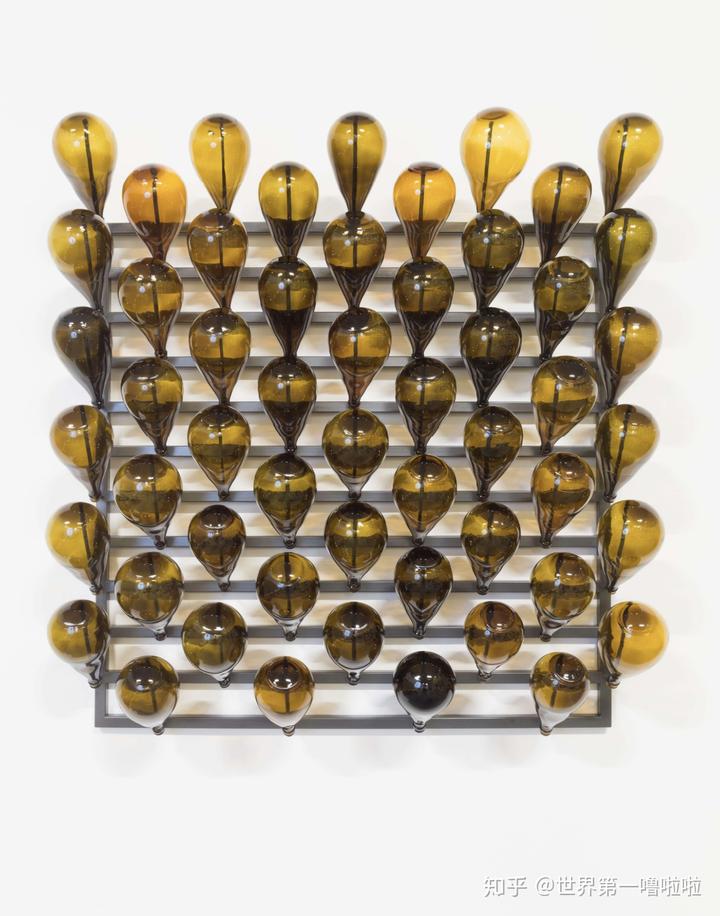 Tränentrockner Paris, 2019Glass, metal55 1/10 × 51 1/5 × 11 4/5 in140 × 130 × 30 cm
Tränentrockner Paris, 2019Glass, metal55 1/10 × 51 1/5 × 11 4/5 in140 × 130 × 30 cm M.46, 2016Casted aluminum, gold leaf21 3/10 × 16 1/10 × 7 1/10 in54 × 41 × 18 cm
M.46, 2016Casted aluminum, gold leaf21 3/10 × 16 1/10 × 7 1/10 in54 × 41 × 18 cm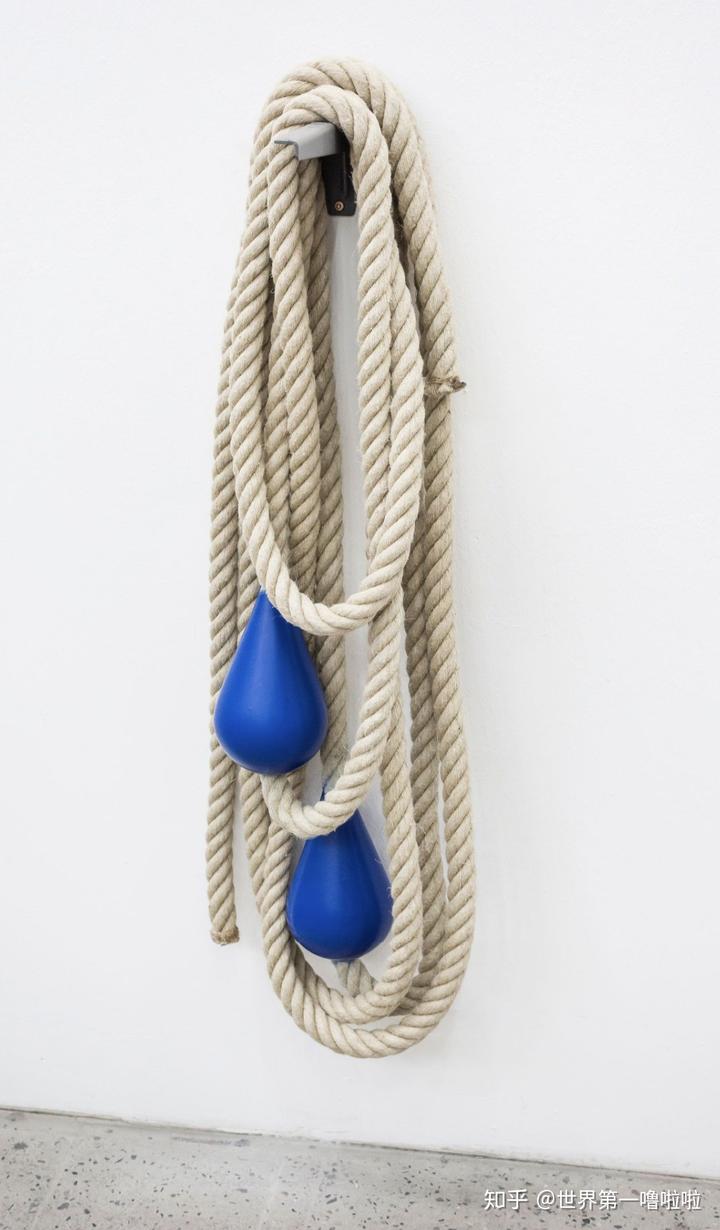 Cowboy's Tear 01, 2018Rope, polyester resin42 1/10 × 11 4/5 in107 × 30 cm
Cowboy's Tear 01, 2018Rope, polyester resin42 1/10 × 11 4/5 in107 × 30 cm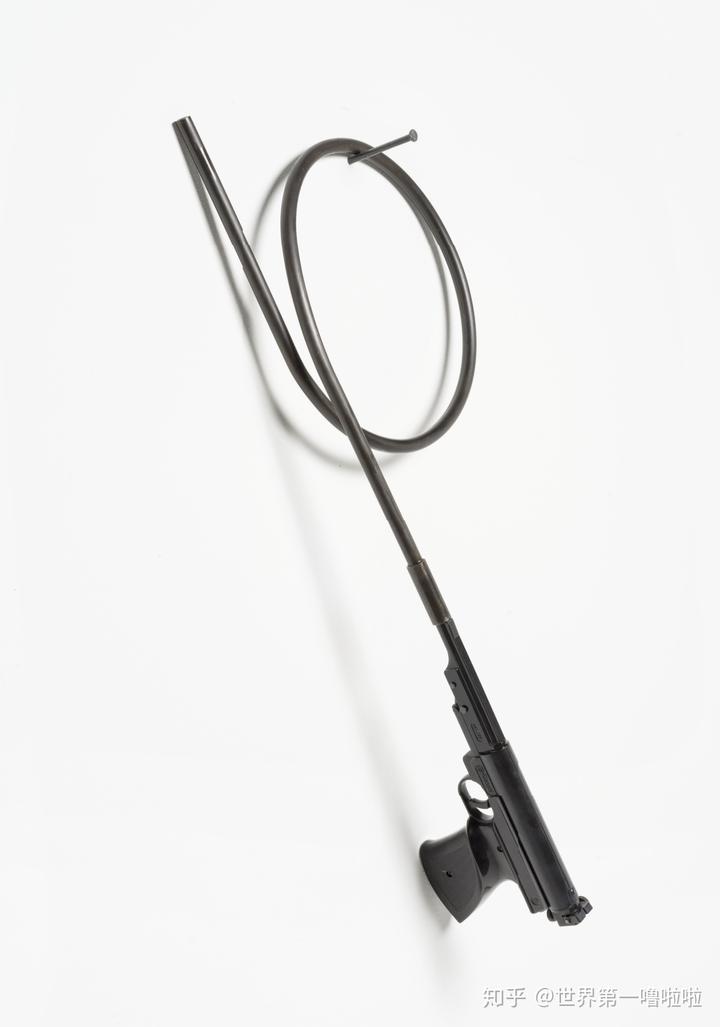 Gun 3, 2020Airgun, steel27 3/5 × 10 1/5 × 5 1/2 in70 × 26 × 14 cm
Gun 3, 2020Airgun, steel27 3/5 × 10 1/5 × 5 1/2 in70 × 26 × 14 cm 26, 20201-326 7/10 × 12 1/5 × 6 7/10 in17 × 31 × 17 cm
26, 20201-326 7/10 × 12 1/5 × 6 7/10 in17 × 31 × 17 cm I can hear you (8), 2019Salt16 9/10 × 11 4/5 × 7 1/10 in43 × 30 × 18 cm
I can hear you (8), 2019Salt16 9/10 × 11 4/5 × 7 1/10 in43 × 30 × 18 cm 34, 2020Salt4 9/10 × 13 4/5 × 5 1/2 in12.5 × 35 × 14 cm
34, 2020Salt4 9/10 × 13 4/5 × 5 1/2 in12.5 × 35 × 14 cm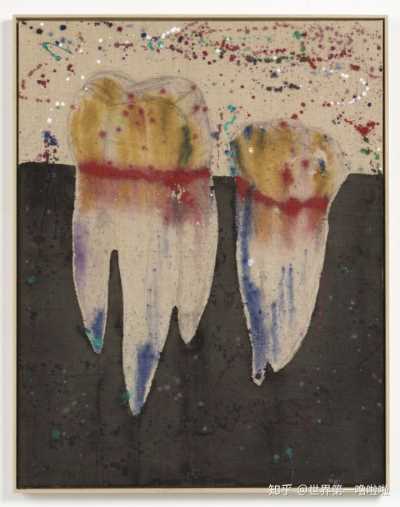 34, 2020Salt4 9/10 × 13 4/5 × 5 1/2 in12.5 × 35 × 14 cm
34, 2020Salt4 9/10 × 13 4/5 × 5 1/2 in12.5 × 35 × 14 cm MC15, 2017Ceramic, glaze24 in diameter61 cm diameter
MC15, 2017Ceramic, glaze24 in diameter61 cm diameter
Klaas Rommelaere
 Working (in a store), 2019Cotton handembroidery with wool and cotton crochet + felt fabric78 7/10 × 47 3/5 in200 × 121 cm
Working (in a store), 2019Cotton handembroidery with wool and cotton crochet + felt fabric78 7/10 × 47 3/5 in200 × 121 cm Portrait Klaas, 2020Embroidery with cotton on cotton, embroidery with cotton on flax51 3/5 × 51 3/5 in131 × 131 cm
Portrait Klaas, 2020Embroidery with cotton on cotton, embroidery with cotton on flax51 3/5 × 51 3/5 in131 × 131 cm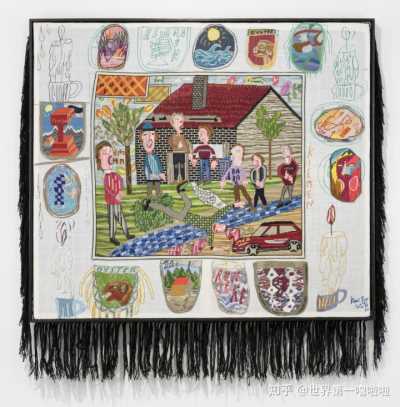 Rumbeke II Wulfkol, 2020Embroidery with cotton on cotton, embroidery with cotton on flax49 1/5 × 56 3/10 in125 × 143 cm
Rumbeke II Wulfkol, 2020Embroidery with cotton on cotton, embroidery with cotton on flax49 1/5 × 56 3/10 in125 × 143 cm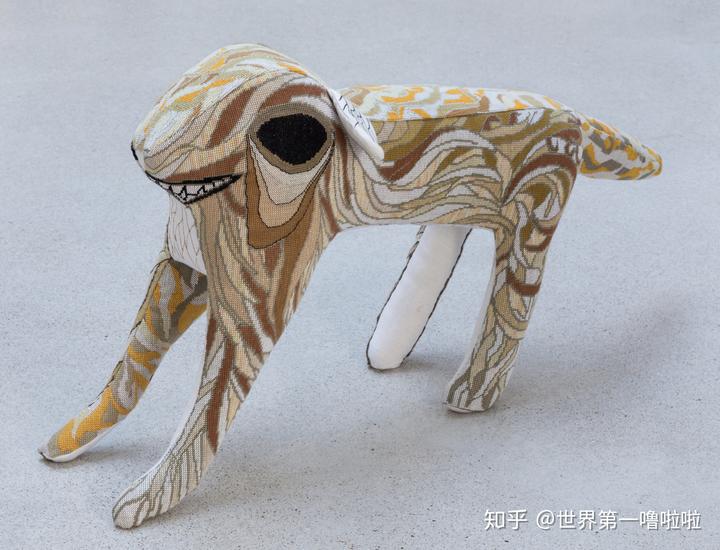 Vasco, 2020Wood with polyether foam with polyester fiber, handembroidery with cotton on cotton, flax fabric21 7/10 × 40 1/5 × 8 7/10 in55 × 102 × 22 cm
Vasco, 2020Wood with polyether foam with polyester fiber, handembroidery with cotton on cotton, flax fabric21 7/10 × 40 1/5 × 8 7/10 in55 × 102 × 22 cm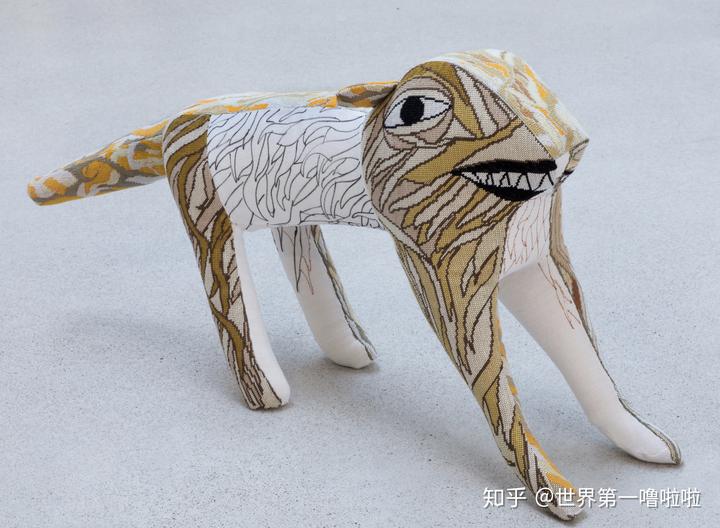 Vasco, 2020Wood with polyether foam with polyester fiber, handembroidery with cotton on cotton, flax fabric21 7/10 × 40 1/5 × 8 7/10 in55 × 102 × 22 cm
Vasco, 2020Wood with polyether foam with polyester fiber, handembroidery with cotton on cotton, flax fabric21 7/10 × 40 1/5 × 8 7/10 in55 × 102 × 22 cm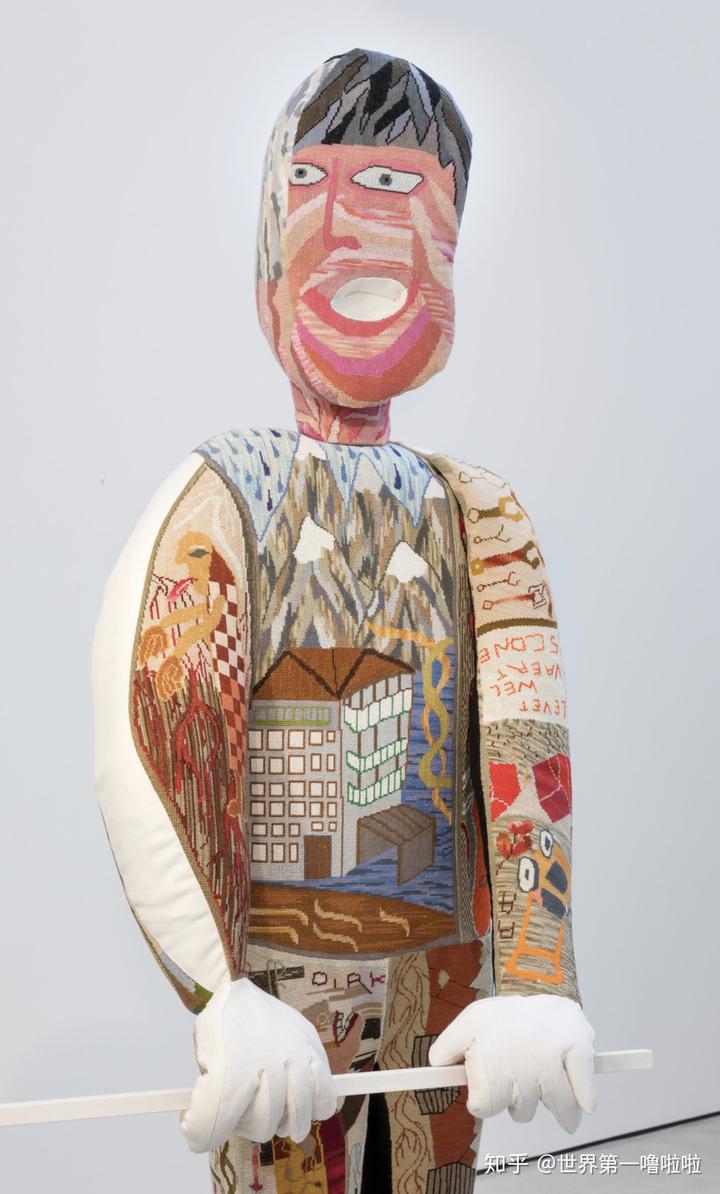 Dirk, 2020Wood with polyether foam with polyester fiber, handembroidery with cotton on cotton, flax fabric86 3/5 × 25 1/5 × 23 3/5 in220 × 64 × 60 cm
Dirk, 2020Wood with polyether foam with polyester fiber, handembroidery with cotton on cotton, flax fabric86 3/5 × 25 1/5 × 23 3/5 in220 × 64 × 60 cm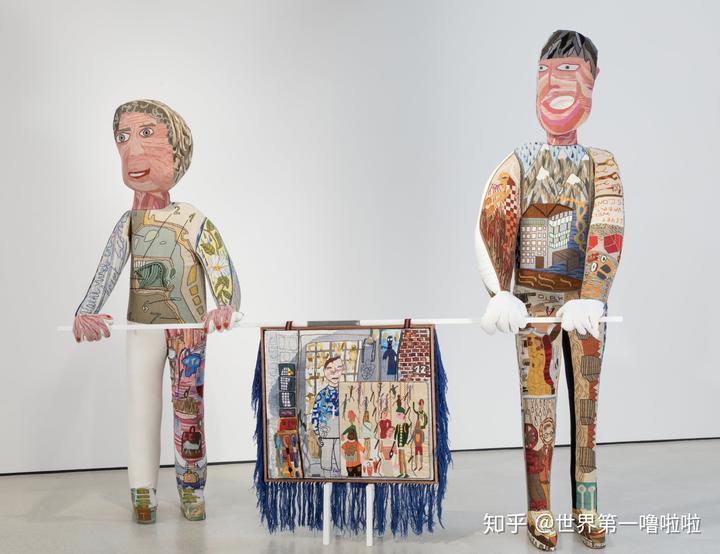 Dirk, 2020Wood with polyether foam with polyester fiber, handembroidery with cotton on cotton, flax fabric86 3/5 × 25 1/5 × 23 3/5 in220 × 64 × 60 cm
Dirk, 2020Wood with polyether foam with polyester fiber, handembroidery with cotton on cotton, flax fabric86 3/5 × 25 1/5 × 23 3/5 in220 × 64 × 60 cm
Daniel Silver
 Untitled, 2001Epoxy resin, cast aluminium, paint22 2/5 × 12 1/5 × 9 4/5 in57 × 31 × 25 cm
Untitled, 2001Epoxy resin, cast aluminium, paint22 2/5 × 12 1/5 × 9 4/5 in57 × 31 × 25 cm Untitled, 2001Epoxy resin, cast aluminium, paint22 2/5 × 12 1/5 × 9 4/5 in57 × 31 × 25 cm
Untitled, 2001Epoxy resin, cast aluminium, paint22 2/5 × 12 1/5 × 9 4/5 in57 × 31 × 25 cm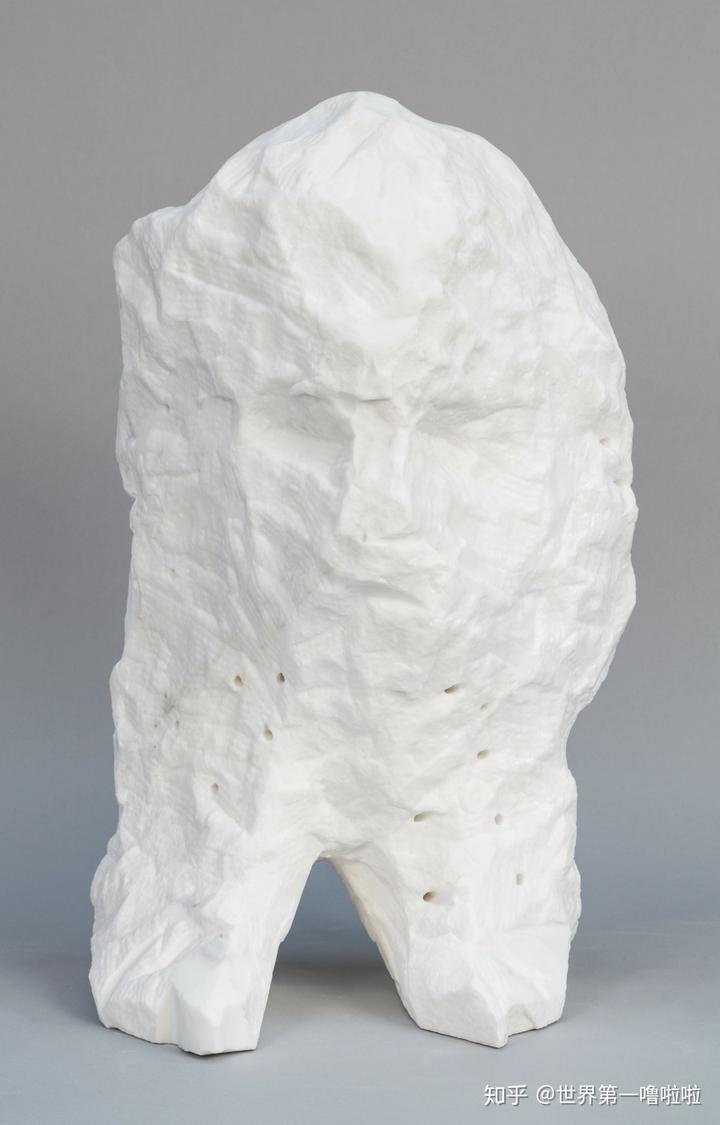 God, 2014Carrara marble24 2/5 × 13 4/5 × 8 7/10 in62 × 35 × 22 cm
God, 2014Carrara marble24 2/5 × 13 4/5 × 8 7/10 in62 × 35 × 22 cm Dancer, 2019Cast Bronze93 3/10 × 59 1/10 × 28 in237 × 150 × 71 cm
Dancer, 2019Cast Bronze93 3/10 × 59 1/10 × 28 in237 × 150 × 71 cm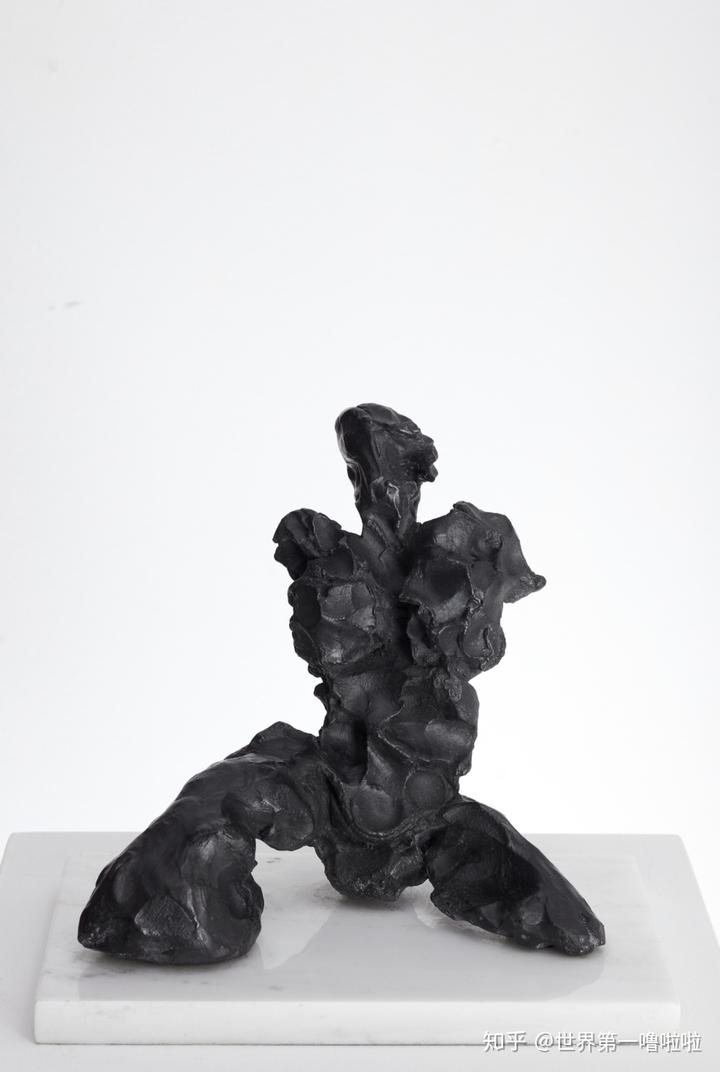 Dancer, 2019Cast Bronze9 1/10 × 9 2/5 × 5 1/2 in23 × 24 × 14 cm
Dancer, 2019Cast Bronze9 1/10 × 9 2/5 × 5 1/2 in23 × 24 × 14 cm Wade, 2018Onyx and marble76 4/5 × 24 2/5 × 13 4/5 in195 × 62 × 35 cm
Wade, 2018Onyx and marble76 4/5 × 24 2/5 × 13 4/5 in195 × 62 × 35 cm
Sheila Hicks
Pioneering fiber artist Sheila Hicks blurs the boundary between painting and sculpture with her vibrant woven and textile works, which she creates in many shapes and sizes, from wall mountings that mimic the format of painting to suspended pieces that hang from ceiling to floor like textured columns. Hicks studied at Yale under the famed color theoristJosef Albersand was encouraged by Albers’ textile artist wife,Anni, to travel and investigate the artisanal fabrics of Colombia, Chile, Peru, and Bolivia, experiences that proved formative to Hicks’ artistic development. Her use of “domestic” mediums differed radically from the rigid industrial techniques of theMinimalistsand hard edges of the abstract painters prominent amongst her contemporaries; Hicks is closely aligned withEva Hesse, her fellow student and fellow innovator of sculpture made from soft, atypical materials.
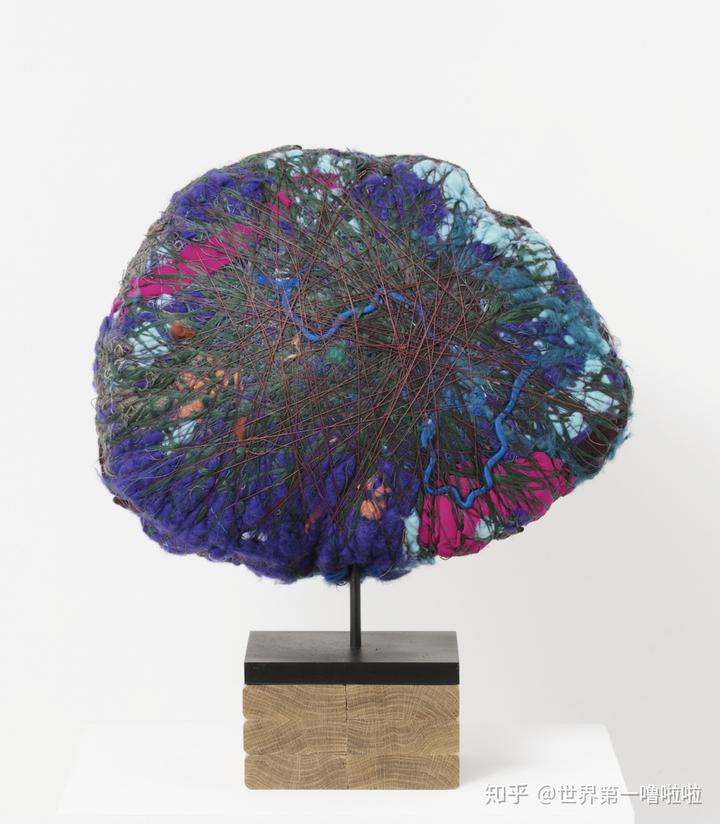 Tzimtzum, 2019Linen, cotton, synthetic fibres12 2/5 × 15 7/10 × 5 9/10 in31.5 × 40 × 15 cm
Tzimtzum, 2019Linen, cotton, synthetic fibres12 2/5 × 15 7/10 × 5 9/10 in31.5 × 40 × 15 cm Tapestry Volume, c. 1976Wool, thread, twine and paper7 × 9 3/4 × 7 in17.8 × 24.8 × 17.8 cm
Tapestry Volume, c. 1976Wool, thread, twine and paper7 × 9 3/4 × 7 in17.8 × 24.8 × 17.8 cm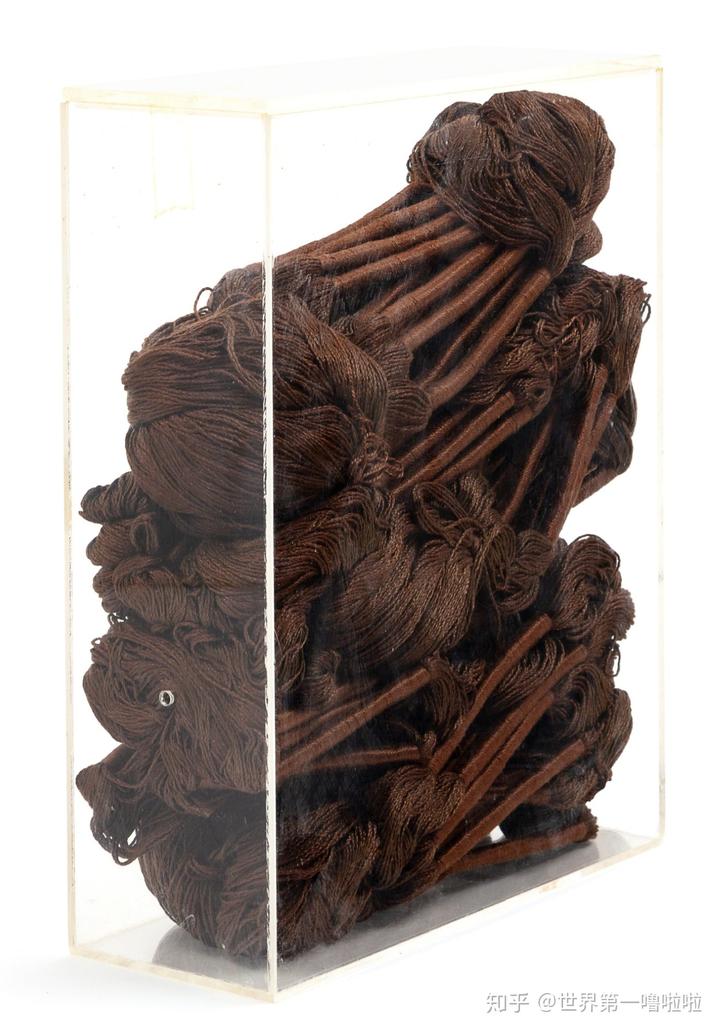 Tapestry Volume, c. 1976Wool, thread, twine and paper7 × 9 3/4 × 7 in17.8 × 24.8 × 17.8 cm
Tapestry Volume, c. 1976Wool, thread, twine and paper7 × 9 3/4 × 7 in17.8 × 24.8 × 17.8 cm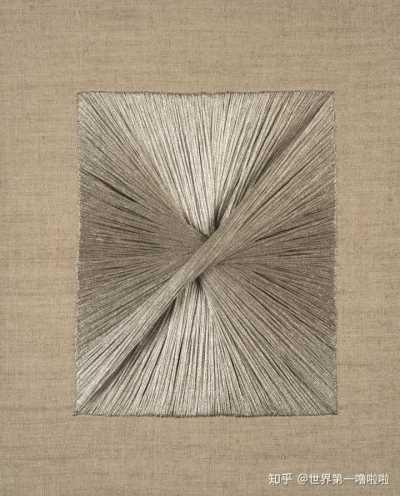 Torsade en tension, 1967-1968Linen fabric, silver thread16 1/10 × 13 in41 × 33 cm
Torsade en tension, 1967-1968Linen fabric, silver thread16 1/10 × 13 in41 × 33 cm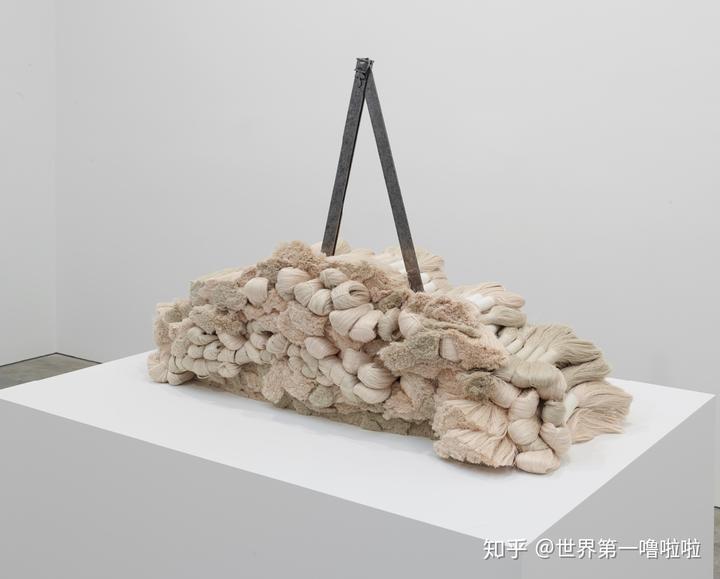 Compass Arica, 2012-2013Linen and iron36 × 58 × 21 in91.4 × 147.3 × 53.3 cm
Compass Arica, 2012-2013Linen and iron36 × 58 × 21 in91.4 × 147.3 × 53.3 cm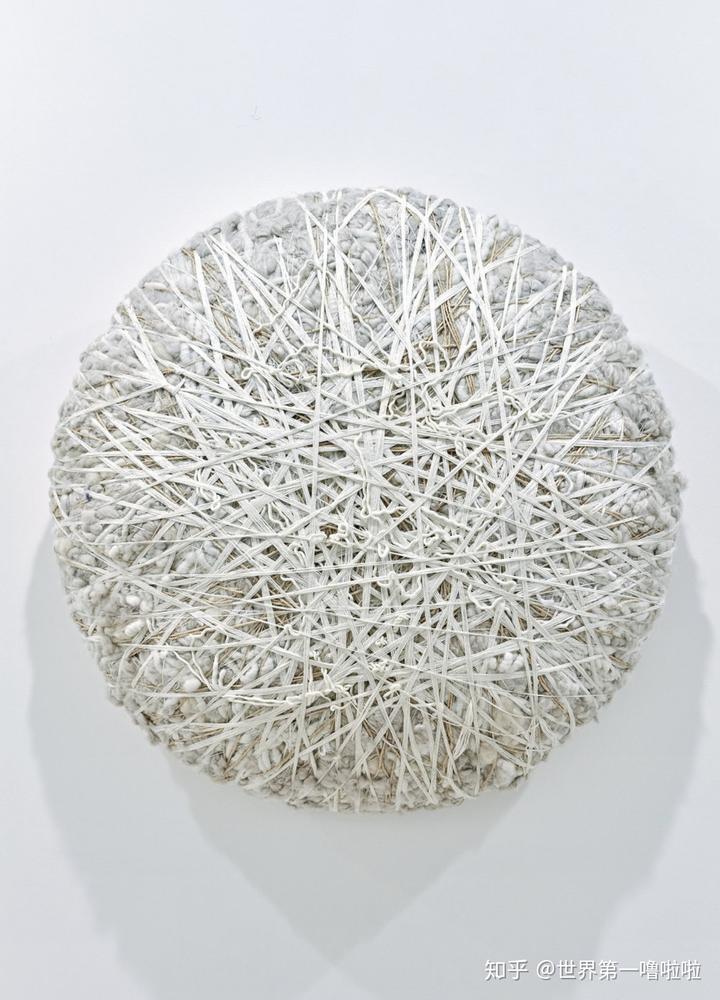 Polar Comets, 2019Linen, wool, natural fibers and synthetic fibers49 1/5 in diameter125 cm diameter
Polar Comets, 2019Linen, wool, natural fibers and synthetic fibers49 1/5 in diameter125 cm diameter Off the Wall, 2020Linen, acrylic13 in diameter33 cm diameter
Off the Wall, 2020Linen, acrylic13 in diameter33 cm diameter
Amikam Toren
Attuned to the profound in the ridiculous and the ridiculous in the profound, Amikam Toren alters found objects and images, transforming them into paintings, works on paper, videos, installations, and sculptures full of surprising depth, humor, and meaning. With a keen eye on the everyday and overlooked, and an interest in language and the process of interpretation, Toren scours his own studio and street and antique markets for his materials. Through interventions subtle and overt, he teases out poignant truths from an incredible array of unlikely objects. In his “Armchair Paintings” project, begun in the late 1980s, he cuts phrases—like “cathartic logic”—into cheap, kitschy oil paintings of flowers and landscapes, inflecting both text and image with new significance. ForA Users Guide to Married Life(2012), he transformed packing instructions into tender symbols of a shared existence.
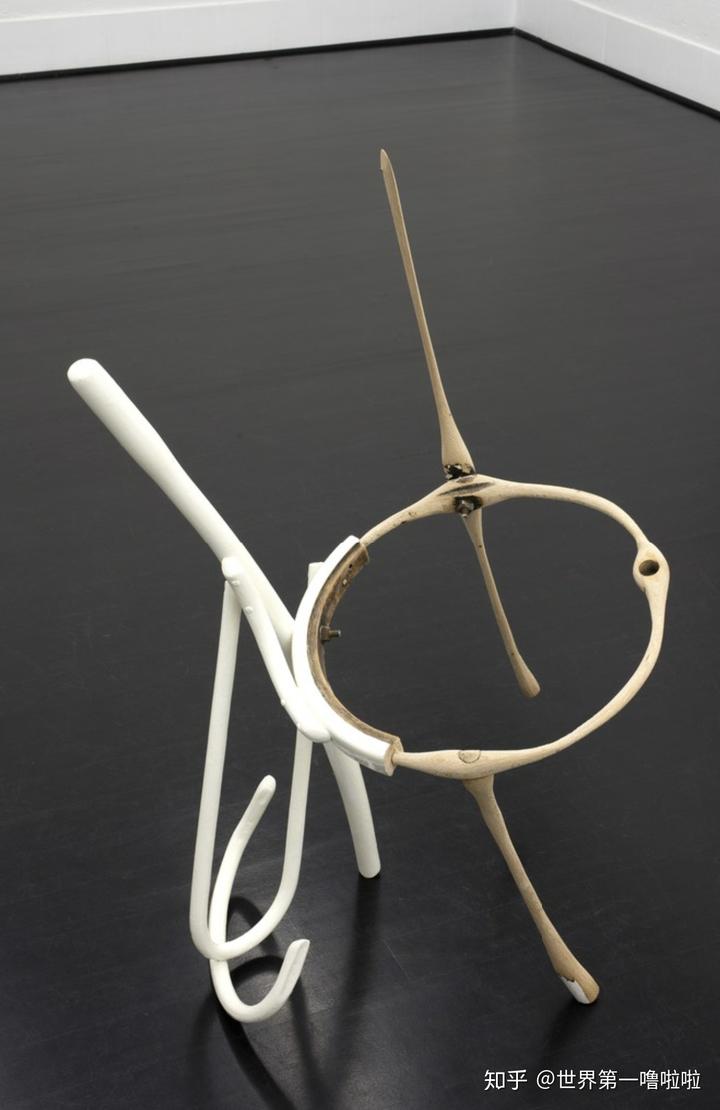 Actuality, 5 , 1989Wood, paint36 1/5 × 26 2/5 × 21 7/10 in92 × 67 × 55 cm
Actuality, 5 , 1989Wood, paint36 1/5 × 26 2/5 × 21 7/10 in92 × 67 × 55 cm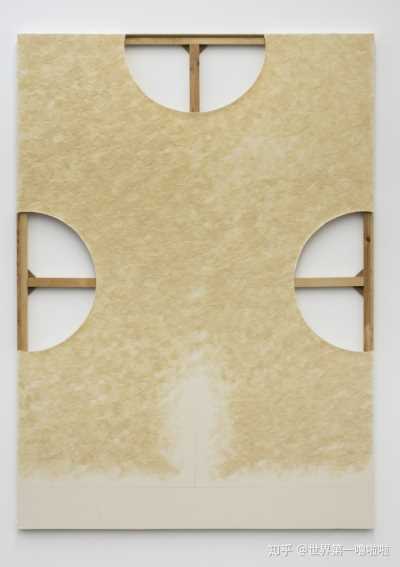 Pidgin Painting (Gornisht), 2017Pulped canvas, PVA medium and pencil on canvas on stretcher94 1/2 × 66 9/10 in240 × 170 cm
Pidgin Painting (Gornisht), 2017Pulped canvas, PVA medium and pencil on canvas on stretcher94 1/2 × 66 9/10 in240 × 170 cm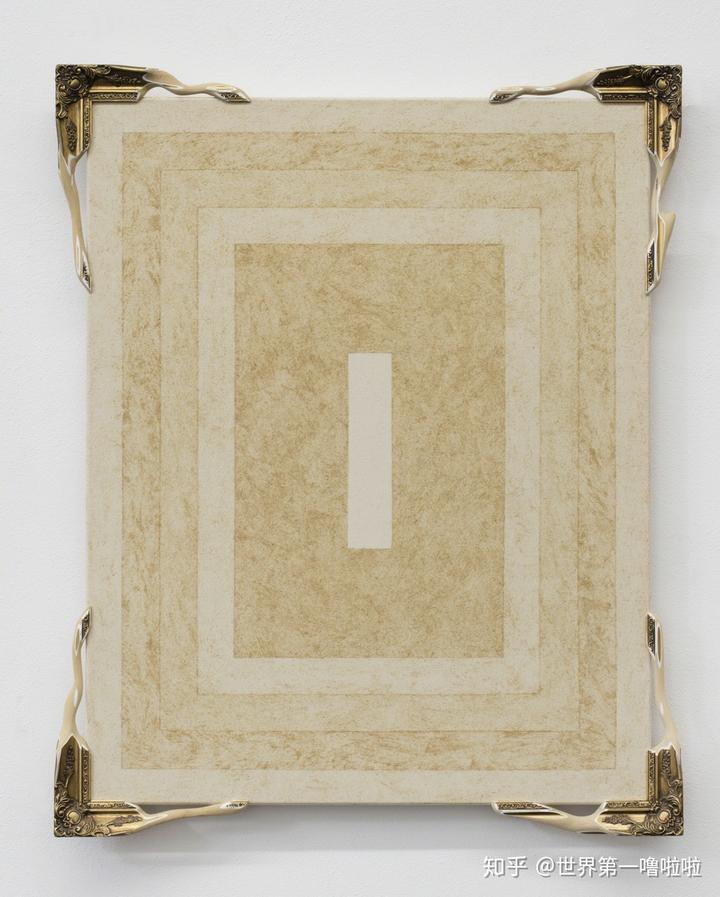 No Frame, No Painting, No Void - Duncan, 2017Wood, pva, canvas42 9/10 × 34 4/5 × 3 1/10 in109 × 88.5 × 8 cm
No Frame, No Painting, No Void - Duncan, 2017Wood, pva, canvas42 9/10 × 34 4/5 × 3 1/10 in109 × 88.5 × 8 cm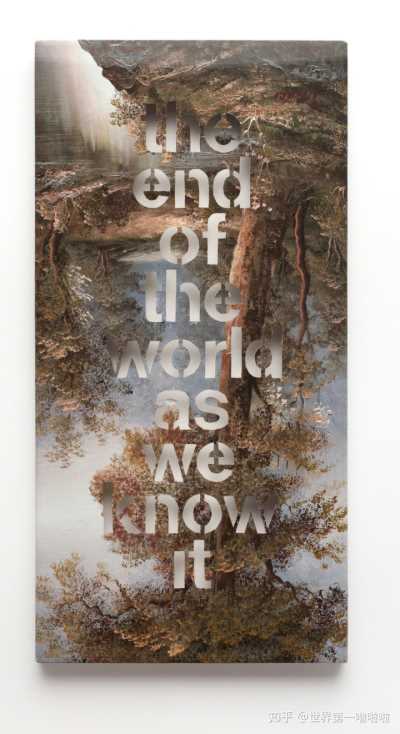 Untitled (the end of the world as we know it), 2007Oil on Canvas24 × 12 in61 × 30.5 cm
Untitled (the end of the world as we know it), 2007Oil on Canvas24 × 12 in61 × 30.5 cm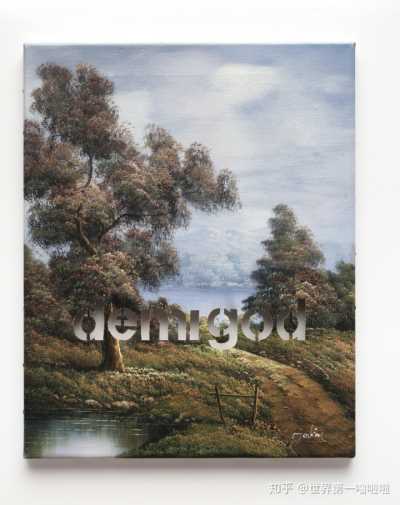 Untitled (demi-god), 2015Oil on Canvas20 1/10 × 15 7/10 in51 × 40 cm
Untitled (demi-god), 2015Oil on Canvas20 1/10 × 15 7/10 in51 × 40 cm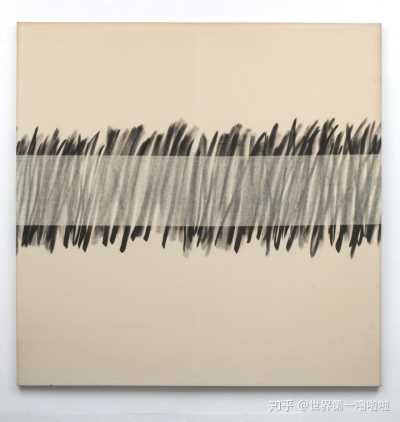 Untitled With a Horizontal Thread Removed 05, 1973Emulsion on canvas67 × 67 in170.2 × 170.2 cm
Untitled With a Horizontal Thread Removed 05, 1973Emulsion on canvas67 × 67 in170.2 × 170.2 cm








































